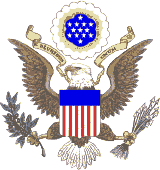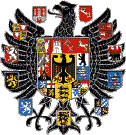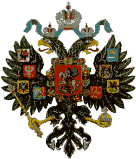|
National (US, Can., Bes., Ger., Rus.) Coat of Arms
Click on "Thumbnails" for a larger view
|
Heraldry Primer (very short) National (US, Can., Bes., Ger., Rus.) Coat of Arms Click on "Thumbnails" for a larger view |





 (Fischer/Kuntz)
Click here for Meanings of Symbols & Colors:
(Fischer/Kuntz)
Click here for Meanings of Symbols & Colors:  E-mail us
E-mail us
|
|
| - End of Page - |
